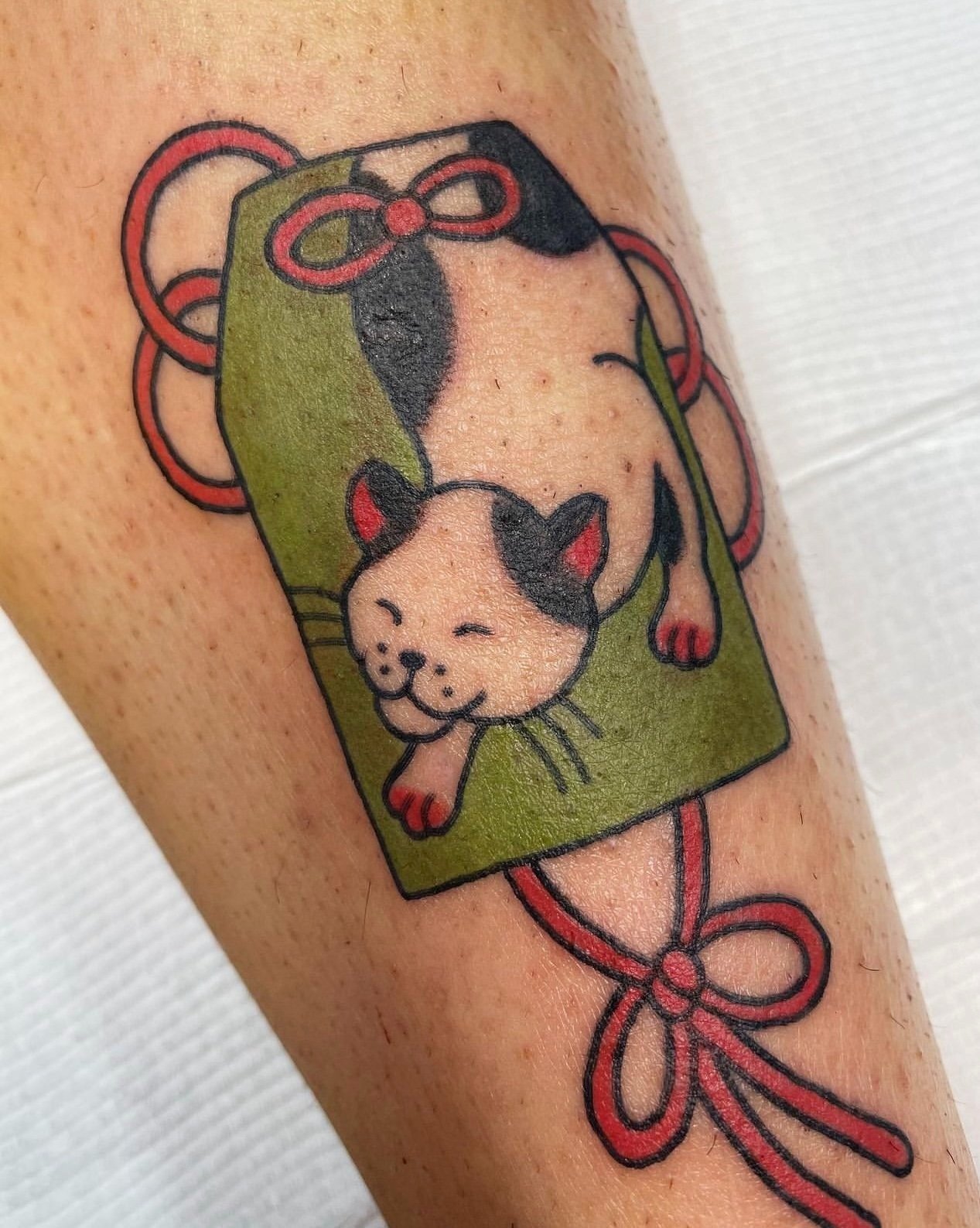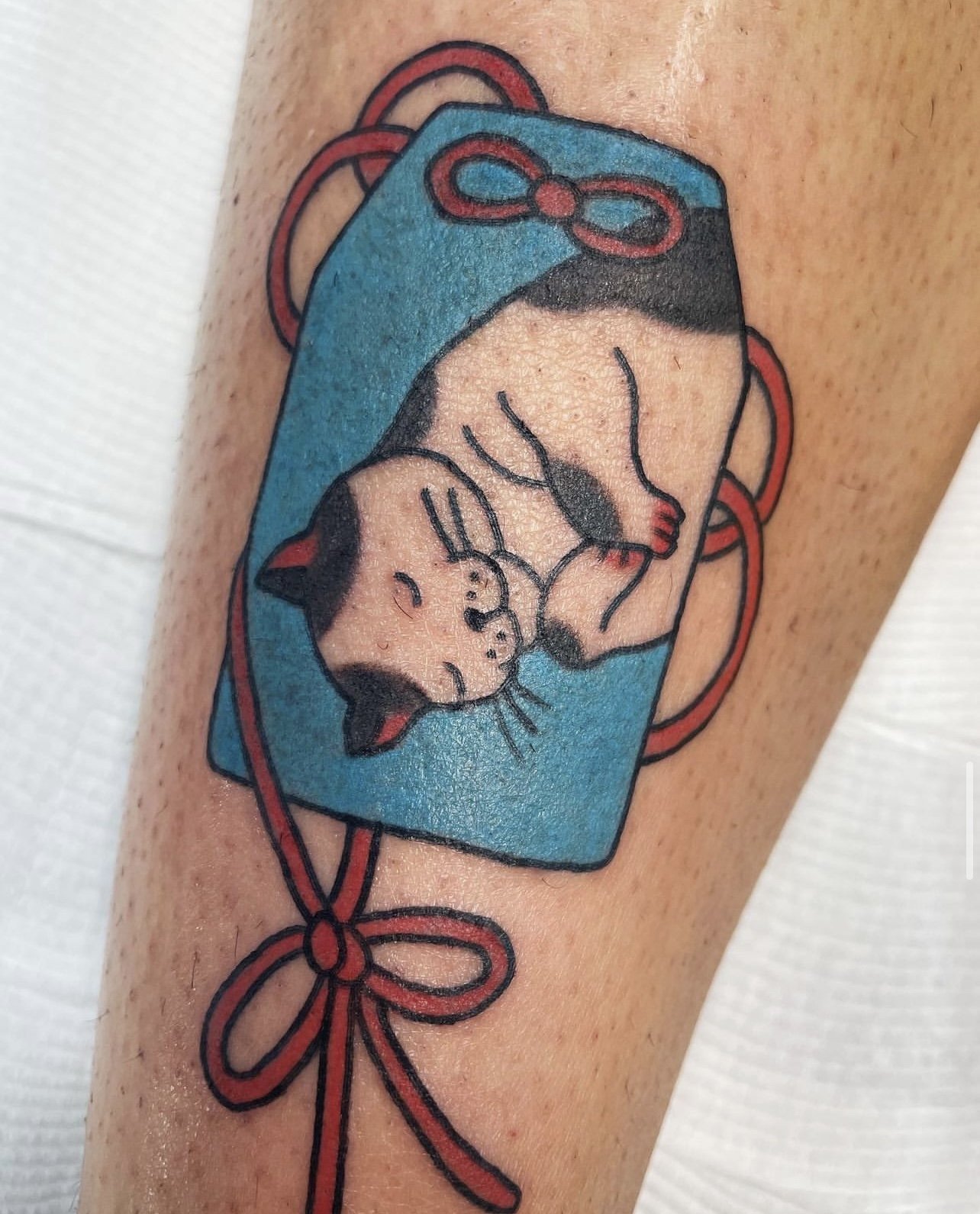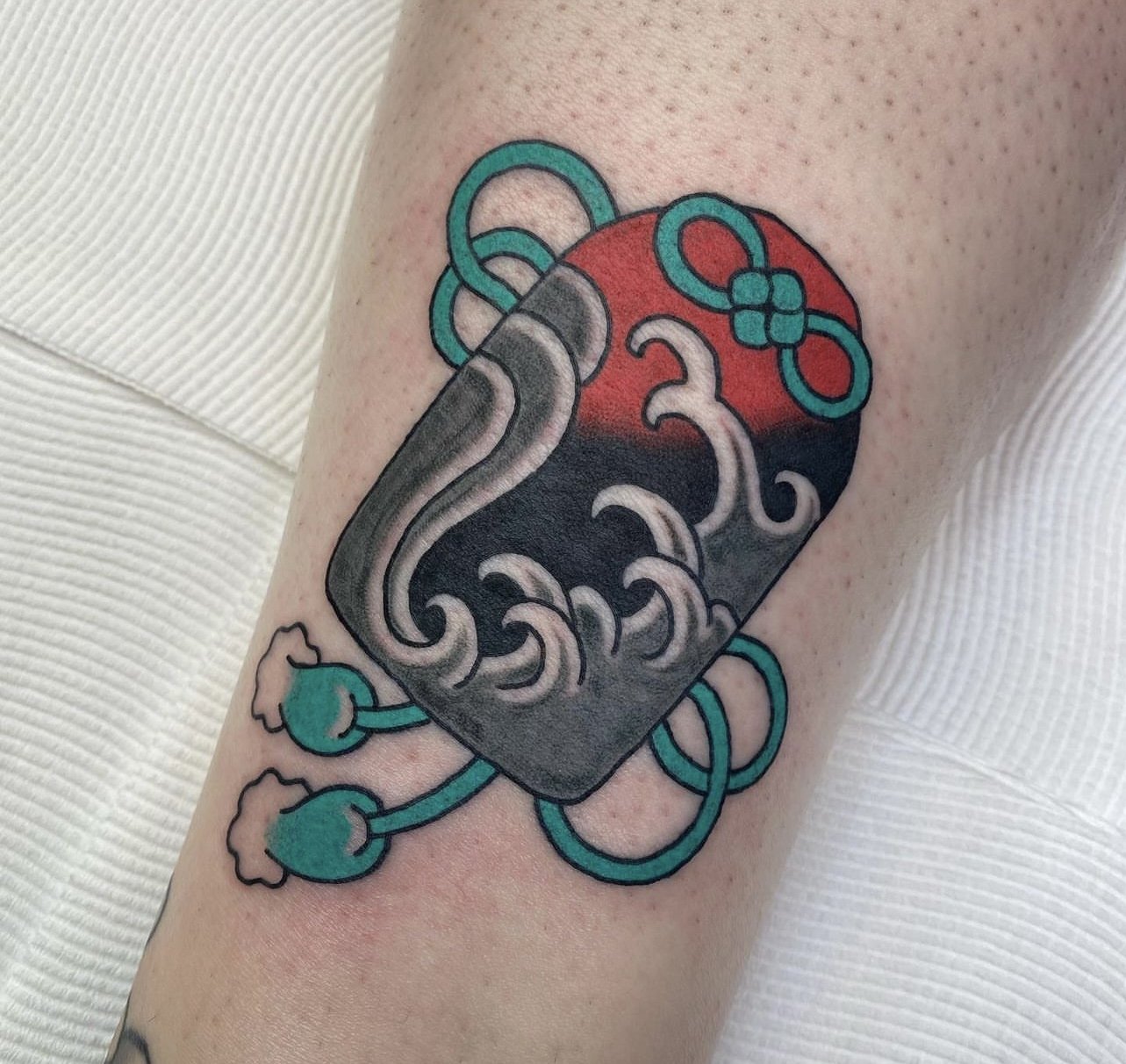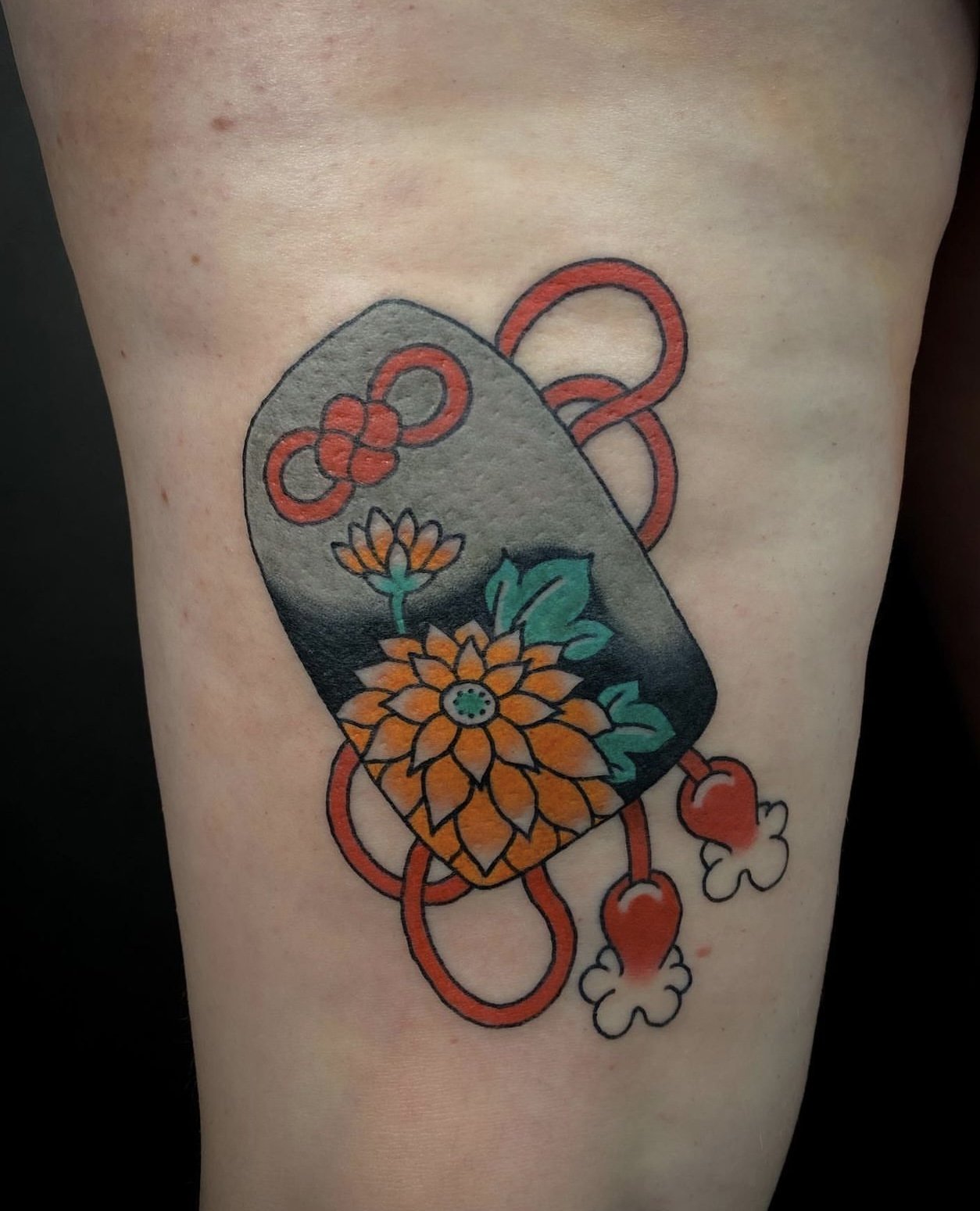The Omamori are Japanese amulets and charms that bring the wearer protection throughout their lives. The Japanese word omamori comes from the term mamoru which means to protect.
There are many theories about the exact time of the omamori’s origin. The most common theory is that omamori were based on magatama (comma-shaped stone jewels). Magatama appeared sometime in the Jomon Period (14,000–300 BCE).
People originally wore magatama to ward off evil spirits. From then on, temples and shrines sought ways to promote their religions to ordinary people. Visiting a temple or shrine at the time was difficult because they were pretty far. So priests combined the Shinto/Buddhist belief of animism with leaving pieces of wood or stone near dwellings. This began the precursor of modern omamori and eventually spread to the general public.
Additionally, the closest thing to what omamori is like today first emerged in the Heian Period (794–1185). People started carrying them with personal belongings during the Kamakura Period (1192 – 1333). Eventually, priests made hundreds of different types of omamori for different occasions. As a result, you can find whichever ones you want at shrines and temples. Most omamori have similar features: fuda – a small written prayer or invocation. Priests/manufacturers then wrap the fuda in a silky cloth/bag and stamp it with the shrine/temple’s name. A string is attached, and then a priest prays over it. Moreover, the omamori is sold at shrines or temples for around 300-1000 yen (roughly 2-7 USD) each. Occasionally some shrines or temples may have exclusive omamori that can only be purchased during a set period.
There are many different kinds of Omamori that each bring a different kind of good fortune to its wearer. Have a chat with your tattoo artist for what you’d like your new tattoo to mean. Some of the common meanings are happiness, good luck, health, love and marriage, success and victory.







